So the indexing board in my Walthers DC turntable is dead. I can’t turn the table or anything.
So, I dismantled it the other day and tested the motor which works perfectly. It’s just the control board built into the table. I called Walthers and they no longer have the boards for replacement, nor do they have the DCC conversion kits for it.
What to do, what to do…
Here’s what I’m planning to do. I’m taking an old TCS T1 decoder that I have and mount it in the turntable. This will be given an address like ‘9999’ or something along that line that will never conflict with anything else. This decoder will be used to run the motor on the turntable so that it will turn. The turntable still won’t have indexing, but the table is low enough, and close enough to the edge of the layout, that the operator will be able to line up the tracks ‘manually’.
I’ll need to power the rails, so we’ll put a PSX AR in place to take care of that.
Now, you’re probably wondering how I’m going to do this. In the pic below I have a diagram of the ‘basic’ wiring, and you’ll see the bullseye as well. The bullseye is part of the turntable spindle and is how power gets from the controller to the motor/rails. The plan is to change things so that both the T1 and the rails pull from the continuous rings rather than having the rails connected to the broken ring like is the norm.
The PSX AR will manage the rail power regardless of what track the table is oriented to, so how the BUS feeds any track coming to the table is really not an issue unless you have some that could pass through (I will only have 1 like that).
The decoder will look at the motor as being a locomotive going either forward or backward and will be unaffected by the polarity change managed by the PSX AR. By doing this, I only need to feed 1 pair of wires to the table spindle versus the 5 that feed it now. Additionally, I have no sound decoders going silent when rail power goes dead when the contacts bridge the gap on the outer ring as it won’t be used. The PSX AR is needed anyway in my engine terminal as 1 track (if you look at the old track diagrams) is a ‘wye’, so I’m not really adding anything that wasn’t already needed.
Now, all anyone has to do is bring their glasses to an operating session to ensure that they’ve lined the table up with the proper track!
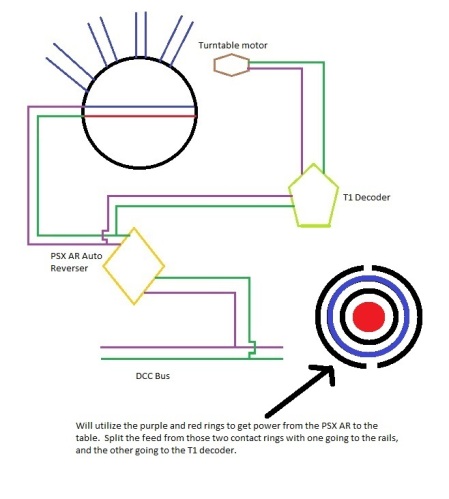

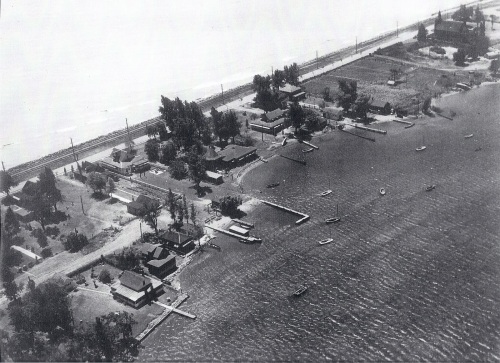
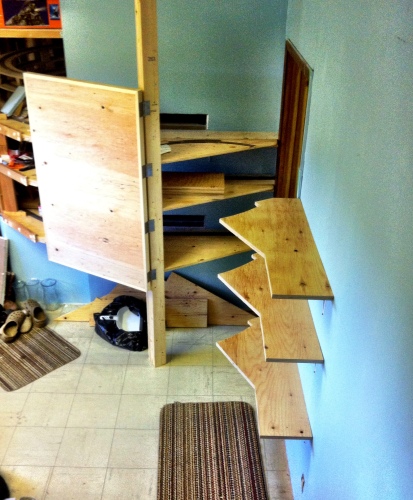
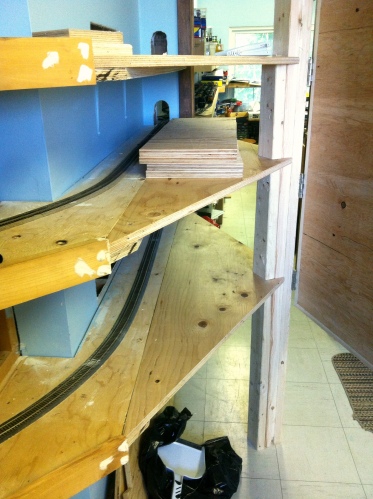
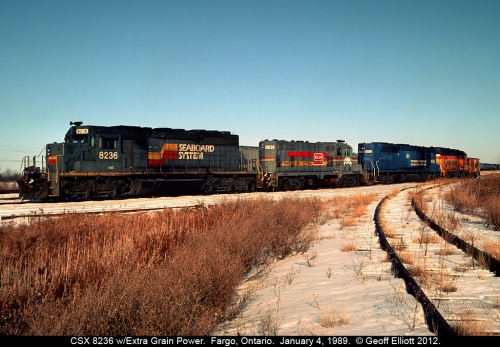



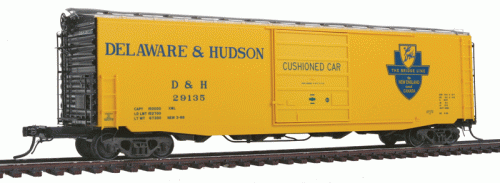
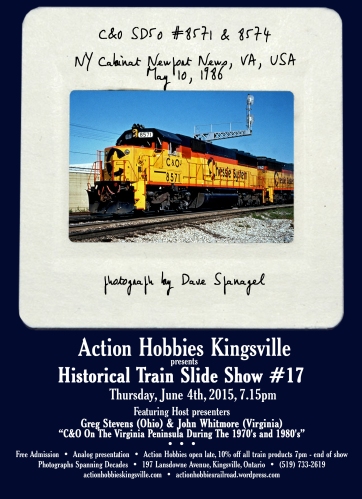

You must be logged in to post a comment.